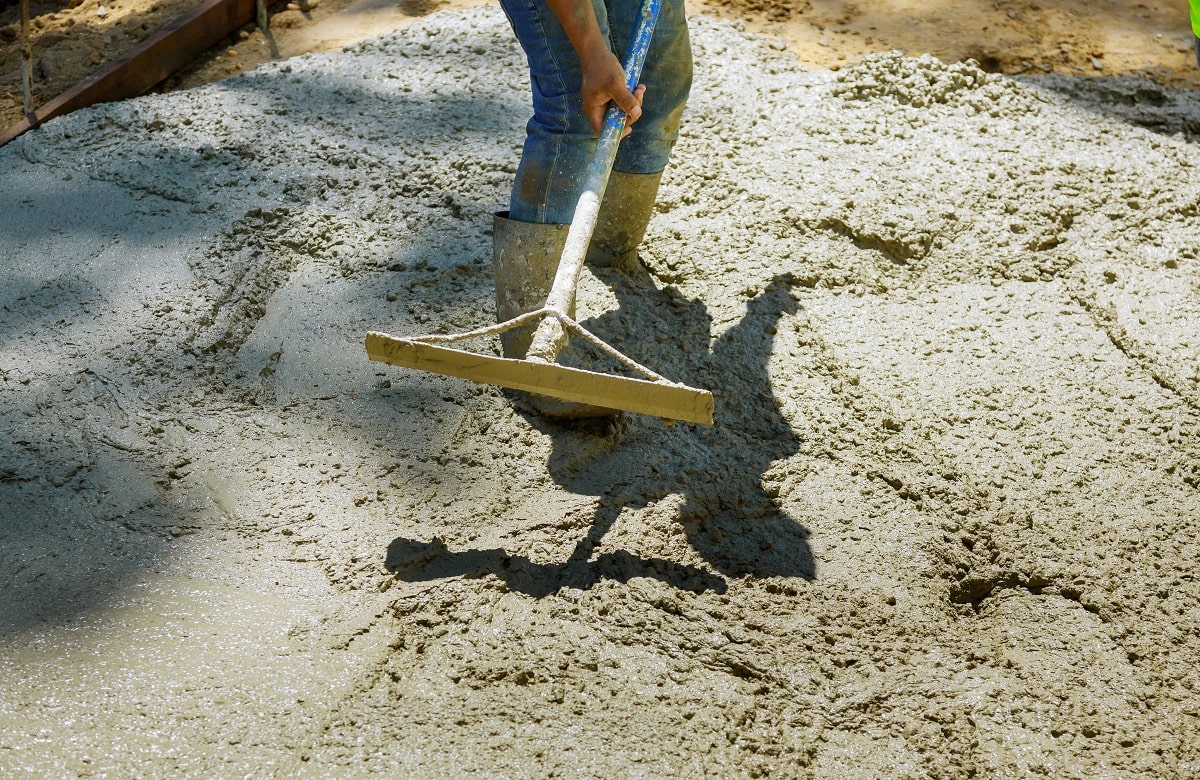
Concrete Grades And Their Applications
Concrete is one of the most famous materials in construction industry, and is comprised of a mixture of several materials such as cement, fine and coarse aggregates, and water. In fact, the aggregates bond together by cement and water within the mixture. Concrete specifications rely on the type, quality, and quantity of these ingredients in the mixture.
Among all characteristics, concrete strength is mostly determined by its water-to-cement ratio, and for example, having two identical fresh batches of concretes with the same mixture, adding more water to it lowers its final strength.
Grade of Concrete
Concrete mixes are classified by their grade, which pertains the minimum strength they will have after 28 days of construction with standard quality control and measurements and the strength is the amount of pressure needed to crush a 15 cm x 15 cm x 15 cm cube, which is measured in MPa. As an example, the grade of a concrete with strength of 10 MPa is denoted by M10. Each of the standard grades correspond to a specific mix proportion either.
Regular Concrete Grades
According to IS 456:2000, concrete is graded into 15 types which is shown in the below table:
| Concrete Grade | Mix Ratio | Compressive Strength (MPa) | Compressive Strength (psi) |
| Normal Grade of Concrete | |||
| M5 | 1 : 5 : 10 | 5 MPa | 725 psi |
| M7.5 | 1 : 4 : 8 | 7.5 MPa | 1087 psi |
| M10 | 1 : 3 : 6 | 10 MPa | 1450 psi |
| M15 | 1 : 2 : 4 | 15 MPa | 2175 psi |
| M20 | 1 : 1.5 : 3 | 20 MPa | 2900 psi |
| Standard Grade of Concrete | |||
| M25 | 1 : 1 : 2 | 25 MPa | 3625 psi |
| M30 | Design Mix | 30 MPa | 4350 psi |
| M35 | Design Mix | 35 MPa | 5075 psi |
| M40 | Design Mix | 40 MPa | 5800 psi |
| M45 | Design Mix | 45 MPa | 6525 psi |
| High Strength Concrete Grades | |||
| M50 | Design Mix | 50 MPa | 7250 psi |
| M55 | Design Mix | 55 MPa | 7975 psi |
| M60 | Design Mix | 60 MPa | 8700 psi |
| M65 | Design Mix | 65 MPa | 9425 psi |
| M70 | Design Mix | 70 MPa | 10150 psi |
Regularly used grades of concrete are M15, M20, and M25. For construction projects with plain cement concrete, generally M15 grade is used and for reinforced concrete construction minimum grade of M20 is used.
Types of Mix Ratios
Concrete mix ratios indicate the proportions of cement, sand, aggregates and water components within concrete. The mixes are selected according to the construction type, project requirements, and mix designs. There are three types of mix rations, which are nominal mixes, standard mixes, and design mixes, that are described below.
- Nominal Mix
- Standard Mix
- Design Mix
As the first standards, only the proportion of components, i.e. cement, fine and coarse aggregates, sand, and water, which ensured adequate strength were used to classify concrete grades. These mixes (Nominal Mixes) offer simplicity to users and under normal conditions provides concrete with strength above the specified minimum. However, since many parameters such as the variability of ingredients and their qualities play important role in the concrete strength, the nominal mixes vary widely in strength.
As it was mentioned above, the nominal mixes of fixed cement-aggregate ratio can result in widely variable strength. Therefore, in standard mixes, the minimum compressive strength has also been included in the specifications. As shown in the above table, the concrete mixes are categorized by IS 456-2000 into different grades such as M10 with mix proportions 1:3:6, M15 1:2:4, etc.
In the design mix, the concrete strength is specified by the designer and the mix proportions of the concrete components are determined by the concrete manufacturer. In this way, the designer ensures that the mix properties and concrete strength are appropriate for the project and the manufacturer ensures the most economic production procedure is implemented. However, the designed mix cannot be used as a guide as the correct mix proportions for the required performance is not guaranteed.

Add comments: